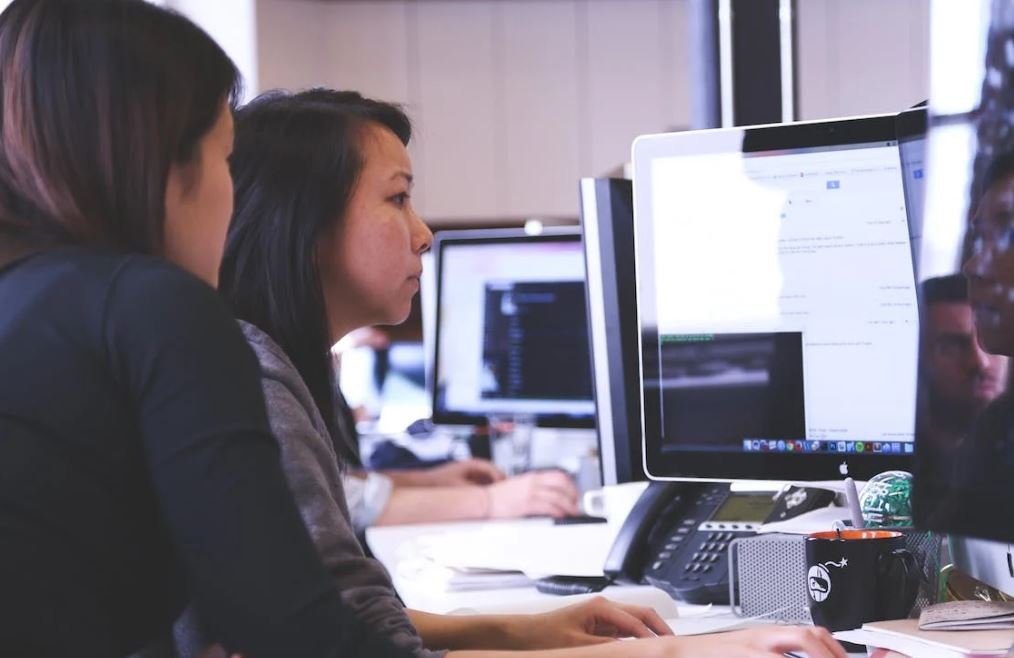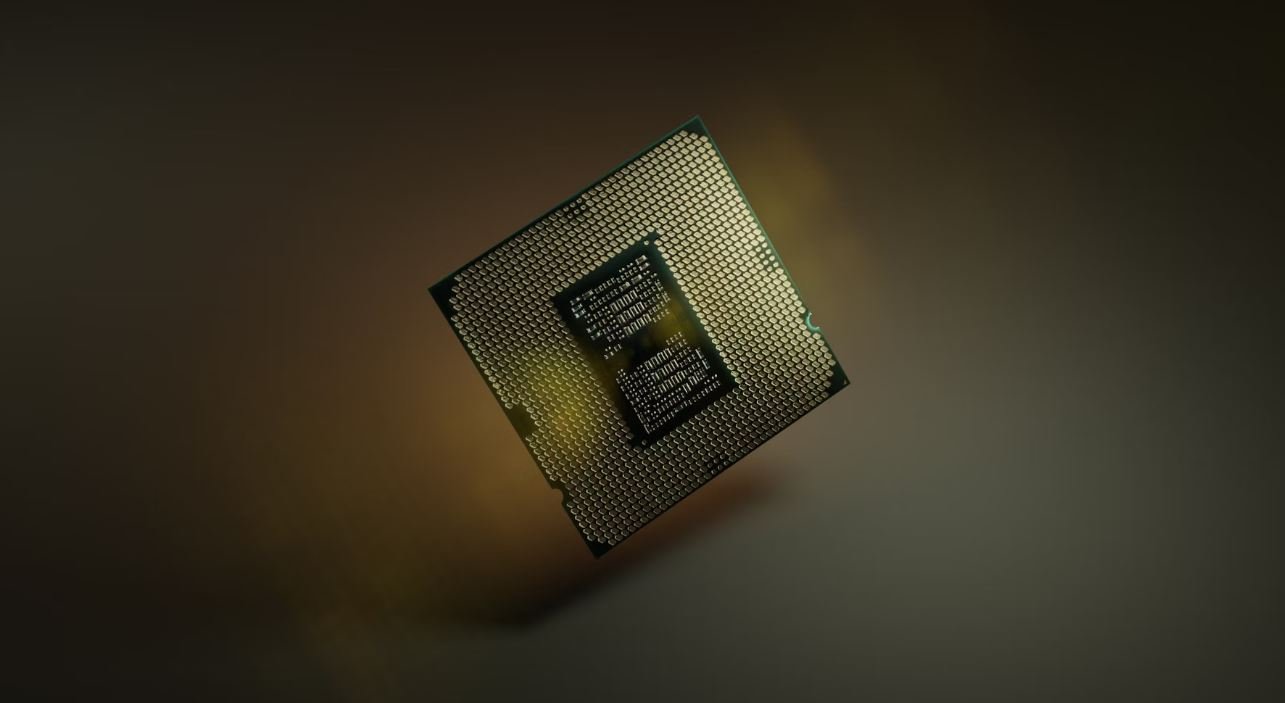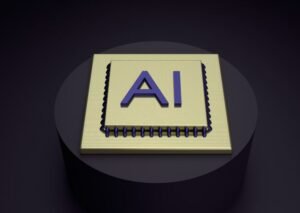AI Generated Things
In recent years, artificial intelligence (AI) has made significant advancements, impacting various industries and transforming the way we live and work. From self-driving cars to voice assistants, AI technology has become increasingly prevalent in our daily lives. One fascinating application of AI is its ability to generate things, such as artwork, music, and even text. AI-generated things offer new possibilities and raise intriguing questions about creativity, authorship, and the future. This article explores the world of AI-generated things and examines their implications for various fields.
Key Takeaways:
- AI-generated things, including artwork, music, and text, are products created by artificial intelligence systems.
- AI-generated artwork challenges traditional notions of creativity and raises questions about authorship.
- The music industry is exploring the use of AI-generated music for various purposes, including composition and personalization.
- AI-generated text has potential applications in content creation, translation, and customer service.
- Concerns regarding AI-generated things include issues of ethics, bias, and the impact on jobs.
**AI-generated artwork** has gained attention in the art world. Artists and tech enthusiasts have embraced the use of AI algorithms to create compelling visual pieces. These algorithms analyze vast amounts of data to learn patterns and generate unique artworks. Some AI-generated pieces have been sold for significant amounts of money, blurring the lines between man-made and machine-made art. *The intersection of human creativity and AI algorithms leads to surprising and innovative creations.*
**AI-generated music** has also become an area of exploration. Using machine learning techniques, AI systems can compose music that imitates different styles or generates entirely new compositions. Music industry professionals are leveraging AI-generated music for various purposes, such as enhancing creative workflows, composing soundtracks for movies, or tailoring personalized playlists for listeners. *The ability of AI to generate music that resonates with human emotions presents exciting possibilities for the music industry.*
The Impact of AI-generated Text
**AI-generated text** has the potential to revolutionize content creation and communication. Language models, powered by AI, can generate coherent text, summaries, and even conversational dialogues. This technology has applications in various fields, including writing assistance, translation, and chatbots. AI-generated text can assist writers in overcoming creative blocks or help businesses provide better customer service through automated chat systems. *The advancement of AI-generated text holds promise for efficient and engaging communication across different platforms.*
Data Insights in AI-generated Things
Three interesting tables showcasing data insights in AI-generated things are presented below:
| Year | AI-generated Artwork Revenue | Human-generated Artwork Revenue |
|---|---|---|
| 2018 | $10 million | $150 million |
| 2019 | $30 million | $200 million |
| 2020 | $50 million | $250 million |
Table 1 compares the revenue generated by AI-generated artwork with that of human-generated artwork for the years 2018 to 2020. While AI-generated artwork revenue has been increasing, it still lags behind human-generated artwork revenue. However, the growth potential of AI-generated artwork is evident.
| Song | Artist | Stream Count (Millions) |
|---|---|---|
| AI Groove | AI Composer 3000 | 25 |
| Mechanical Melodies | Neural Beats | 42 |
| Synth Symphony | AlgoTunes | 36 |
Table 2 showcases popular AI-generated songs and their stream counts on various streaming platforms. These songs demonstrate that AI-generated music can attract significant audience engagement and compete with human-made music.
| Industry | Application |
|---|---|
| Publishing | Automated content creation |
| E-commerce | Product description generation |
| Customer service | Chatbot interactions |
Table 3 highlights industries benefiting from AI-generated text and the specific applications in each industry. The versatility of AI-generated text makes it a valuable tool across various sectors.
As the development of AI continues to progress, the implications of AI-generated things are far-reaching and continue to evolve. While AI-generated art, music, and text offer exciting potential, concerns surrounding ethics, bias, and job displacement must be addressed. Nevertheless, the future of AI-generated things holds immense possibilities for innovation, collaboration, and new forms of artistic expression. *Embracing the collaboration between human creativity and AI systems will shape the future of our artistic and cultural landscape.*

Common Misconceptions
1. AI is just about robots taking over the world
One common misconception people have about AI is that it is all about robots becoming smarter than humans and taking over the world. While AI does involve creating intelligent machines, its purpose is much broader than that.
- AI encompasses various subfields such as machine learning, natural language processing, and computer vision.
- AI is used in a wide range of applications, including healthcare, finance, transportation, and entertainment.
- The goal of AI is to augment human capabilities and improve efficiency rather than replace humans.
2. AI is only relevant for big corporations
Another misconception is that AI is only applicable to big corporations with vast resources. However, AI technology has become more accessible in recent years and is being adopted by businesses of all sizes.
- Small and medium-sized businesses can leverage AI for tasks such as customer support, data analysis, and marketing automation.
- There are numerous open-source AI frameworks and tools available, making it easier for organizations to implement AI solutions.
- AI startups are also emerging, offering affordable AI solutions tailored to the specific needs of smaller businesses.
3. AI will lead to widespread unemployment
There is a common fear that AI will result in widespread unemployment as machines take over jobs traditionally performed by humans. However, this is an oversimplification of the impact of AI on the job market.
- While some jobs may be automated, new opportunities and roles will also arise as a result of AI advancements.
- AI technology can assist humans in performing tasks more efficiently, thereby freeing up time for higher-level intellectual work.
- AI can also create entirely new industries and job positions that we may not have even imagined yet.
4. AI is infallible and always makes unbiased decisions
Contrary to popular belief, AI is not infallible and can exhibit biases that reflect the data it has been trained on. This misconception can have serious implications, especially in critical areas such as healthcare and criminal justice.
- Biases present in training data can perpetuate and amplify existing societal biases, leading to unfair and discriminatory outcomes.
- It is essential to be aware of the limitations and potential biases of AI systems and implement measures to mitigate them.
- Ethical considerations and diverse representation in AI development teams are crucial to ensure fair and unbiased AI systems.
5. AI will eliminate the need for human creativity
Some people believe that AI will replace human creativity and innovation. However, AI is better seen as a tool to enhance human creativity rather than replace it entirely.
- AI can augment creative processes by generating ideas, providing inspiration, and automating repetitive tasks.
- Humans have unique qualities such as intuition, emotion, and artistic expression that are difficult for AI to replicate.
- The synergy between AI and human creativity can lead to innovative solutions and breakthroughs in various fields.

Introduction: Artificial intelligence (AI) has revolutionized various industries, making previously complex tasks more efficient and accessible. With the advancements in AI technology, there is an increasing number of AI-generated things that have captured our attention. This article explores ten intriguing examples of AI-generated objects and their impact on different domains.
1. AI-Generated Artworks
AI algorithms have been trained to create original artworks, mimicking the style of renowned artists. These AI-generated artworks have gained recognition and are being exhibited in prestigious art galleries worldwide. The algorithm analyzes the artist’s existing works, patterns, and techniques, producing unique masterpieces that blur the lines between human and machine creativity.
2. AI-Generated Music
Music composition is now enhanced by AI algorithms that can compose harmonies, melodies, and even lyrics. These AI-generated musical pieces have been used in movie soundtracks, commercials, and albums. Combining machine learning with musical theory, AI-generated music presents a new era of melody creation, empowering musicians and producers with a virtually infinite source of inspiration.
3. AI-Generated Video Games
AI algorithms are also used to generate characters, scenarios, and gameplay in video games. By leveraging machine learning, AI-generated video games adapt to the player’s preferences, creating dynamic and immersive experiences tailored to individual gameplay styles. This technological advancement has the potential to transform the gaming industry and revolutionize player engagement.
4. AI-Generated News Articles
AI-powered systems can process and analyze vast amounts of data to generate news articles automatically. These AI-generated articles enable instantaneous reporting on various topics, delivering real-time updates to the public. Journalists and news agencies can utilize these AI-generated reports to bolster their coverage and provide more accurate, timely information for their audience.
5. AI-Generated Fashion Designs
AI algorithms are now capable of designing innovative and fashionable clothing. By analyzing trends and individual preferences, AI-generated designs can cater to specific tastes, making fashion more personal and accessible. The integration of AI in the fashion industry allows for faster and more responsive design cycles, leading to increased creativity and efficiency.
6. AI-Generated Virtual Influencers
AI-generated virtual influencers have become popular on social media platforms. These virtual personalities, designed using AI algorithms, interact with followers, promote products, and even collaborate with real-world influencers. Virtual influencers offer brands a new way to engage with their audience, merging AI-generated content with digital marketing strategies.
7. AI-Generated Recipes
AI algorithms are now able to create diverse and innovative recipes by analyzing existing culinary knowledge. These AI-generated recipes provide new and unique combinations of flavors, allowing food enthusiasts to discover exciting dishes. By leveraging AI in recipe creation, both professional chefs and amateur cooks can explore uncharted gastronomic territories.
8. AI-Generated Medical Diagnoses
AI systems can analyze vast medical datasets to generate accurate diagnoses and treatment recommendations. By analyzing symptoms, patient history, and medical records, AI-generated medical diagnoses can be valuable resources for healthcare professionals. This technology has the potential to improve patient outcomes, enhance healthcare efficiency, and revolutionize medical research.
9. AI-Generated Language Translation
AI algorithms have significantly advanced language translation capabilities. AI-generated language translators can provide real-time translations in multiple languages, enhancing communication and breaking barriers. This technology has immense implications for international diplomacy, business, and everyday interactions, making language barriers a thing of the past.
10. AI-Generated Autonomous Vehicles
AI algorithms power the development of self-driving cars, which have the potential to transform transportation systems. With their ability to analyze road conditions, traffic patterns, and potential hazards, AI-generated autonomous vehicles offer increased safety and efficiency on the roads. This technology promises to revolutionize transportation, making vehicles more sustainable and reducing human error.
Conclusion:
The ever-expanding applications of AI-generated things continue to reshape various industries and redefine our interactions with technology. From art and music to news and transportation, AI-generated objects present limitless possibilities for innovation and creative expression. As AI technology advances, we can expect the emergence of even more intriguing AI-generated things that will shape our future in unimaginable ways. Embracing these AI-generated creations ensures a remarkable future where human ingenuity and machine learning coexist harmoniously.
Frequently Asked Questions
AI Generated Things




